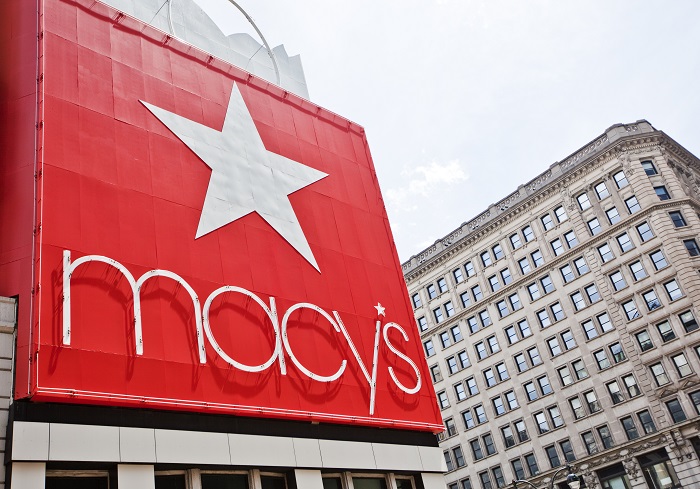
Macy’s long-term CEO Terry Lundgren will soon be stepping down from his position, as announced in the summer of last year. Lundgren has been in the role for 13 years. Macy’s current president, Jeff Gennette, will take over as CEO. Lundgren agreed to stay on as chairman.
Now, as Lundgren prepares to leave, he is reportedly rumored to have opened to acquisition offers from friendly buyers, said The New York Post, to avoid a shakeup with Macy’s board upon his departure. Talks of strategic sales have come up, said the Post, due to key investor Jeffrey Smith of hedge fund Starboard Value, looking to score seats on Macy’s board to combat Macy’s lackluster performance since investing in 2015.
One possible acquirer that might already be in early-stage talks with the retail company is Toronto-based Hudson Bay Company, said the Wall Street Journal. Hudson Bay owns Saks Fifth Avenue and Lord & Taylor, among others, and reportedly controls a $14 billion real estate portfolio.
Macy’s grew sharply under Lundgren’s near decade-and-a-half of leadership. In 2005, Macy’s (still called Federated Department Stores Inc. at the time) bought out the number two department store chain, May Department Stores Co., for about $11.5 billion.
But more recently, falling foot traffic, falling sales figures and an increase in digital retail have hit Macy’s earnings hard. Mass store closings and layoffs are barreling through the retailer at the moment.
Macy’s announced that it will close down another 68 stores by the middle of 2017 and cut an additional 6,200 jobs following disappointing 2016 holiday sales. Some of the shutdowns include historic spots for Macy’s — downtown Minneapolis’ store opened in 1902, and 280 employees will be let go when the location shutters.
“It’s a big reduction in space, and a lot of stores aren’t pulling their weight,” said Neil Saunders, an analyst for Conlumino, a firm that follows the retail industry, who called the action “harsh but necessary.” Saunders also noted the smart next step for Macy’s is optimizing their more productive remaining store assets.